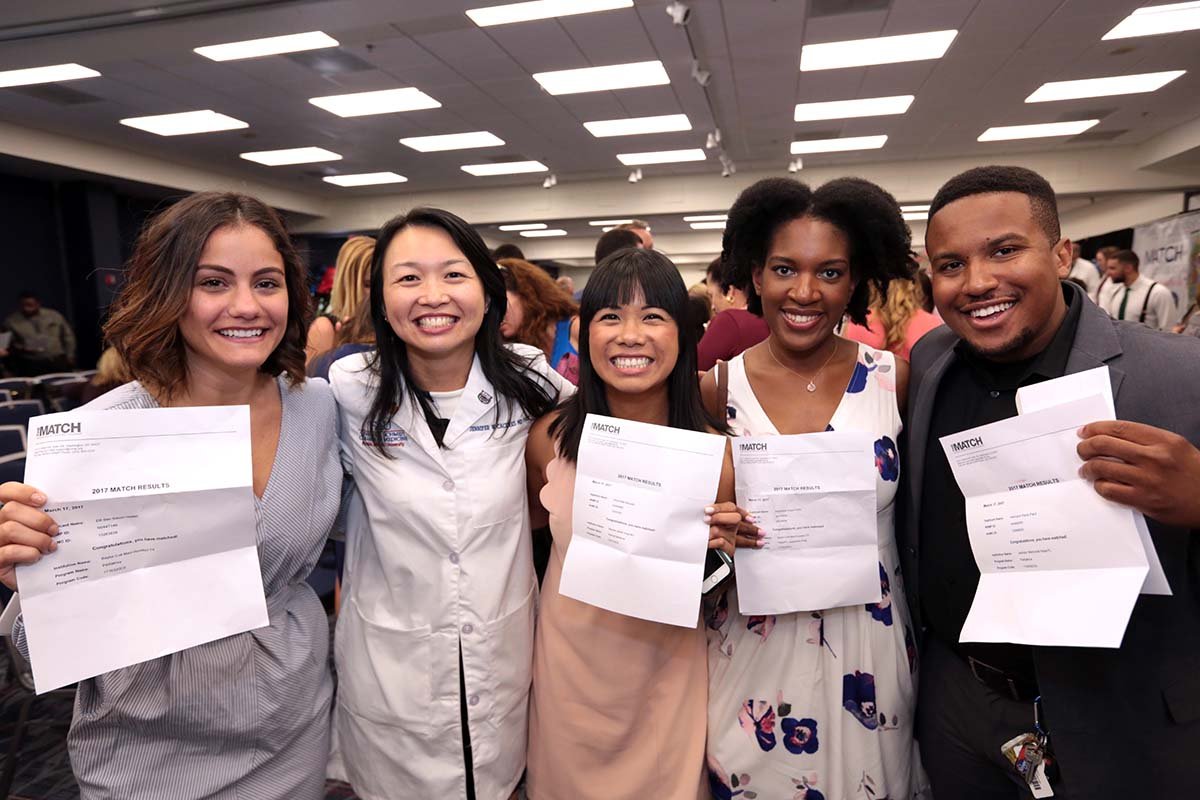
The AAMC recently released its annual Report on Residents. Below, 6 selected findings from the 2017 report reveal trends found across the residency training spectrum.
- Over the course of medical school, most students change their preferred residency specialty. Slightly more than a quarter (26%) of 2017 respondents to the AAMC Medical School Graduation Questionnaire (GQ)* indicated the same specialty preference they identified when they started medical school.
- Women make up a greater percentage of residents in family medicine, obstetrics and gynecology, pediatrics, and psychiatry. Men make up a greater percentage of residents in anesthesiology, emergency medicine, internal medicine, radiology, and surgery.
- In the most recent year, 3.5% of active residents who graduated from U.S. MD-granting medical schools are MD-PhD program graduates.
- Overall, 23.7% of the individuals who completed residency from 2007 through 2016 are practicing in medically underserved areas.
- More than half (54.5%) of the individuals who completed residency training from 2007 through 2016 are practicing in the state where they trained.
- Of those individuals who completed residency training from 2007 through 2016, 17.4% currently hold a full-time faculty appointment at a U.S. MD-granting medical school.

The full AAMC Report on Residents includes an online collection of data tables covering current and historical information about the characteristics of residency applicants and residents, as well as information on postresidency professional activities.
View all data from the latest Report on Residents at aamc.org/reportonresidents.
* The response rate for the 2017 GQ was approximately 81%.